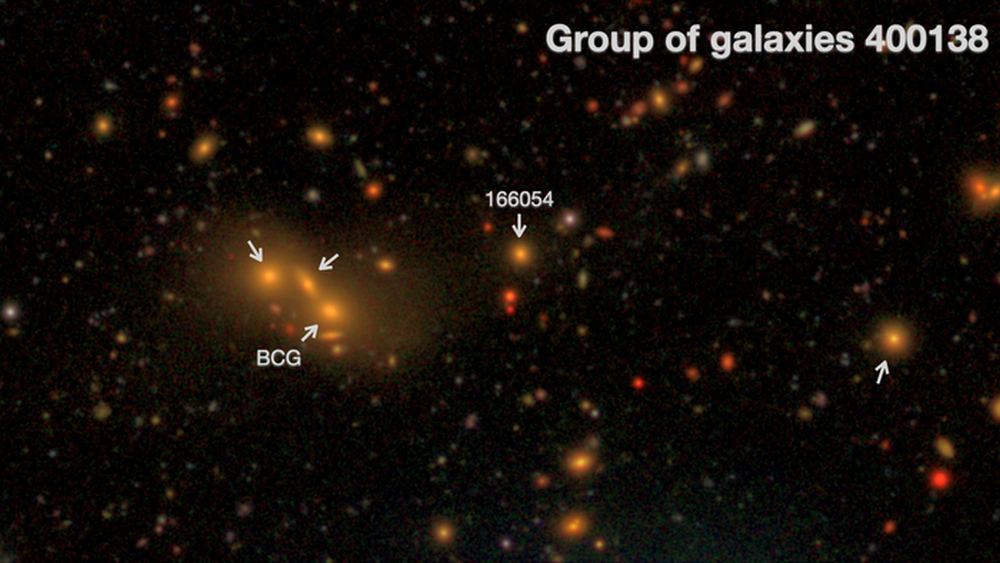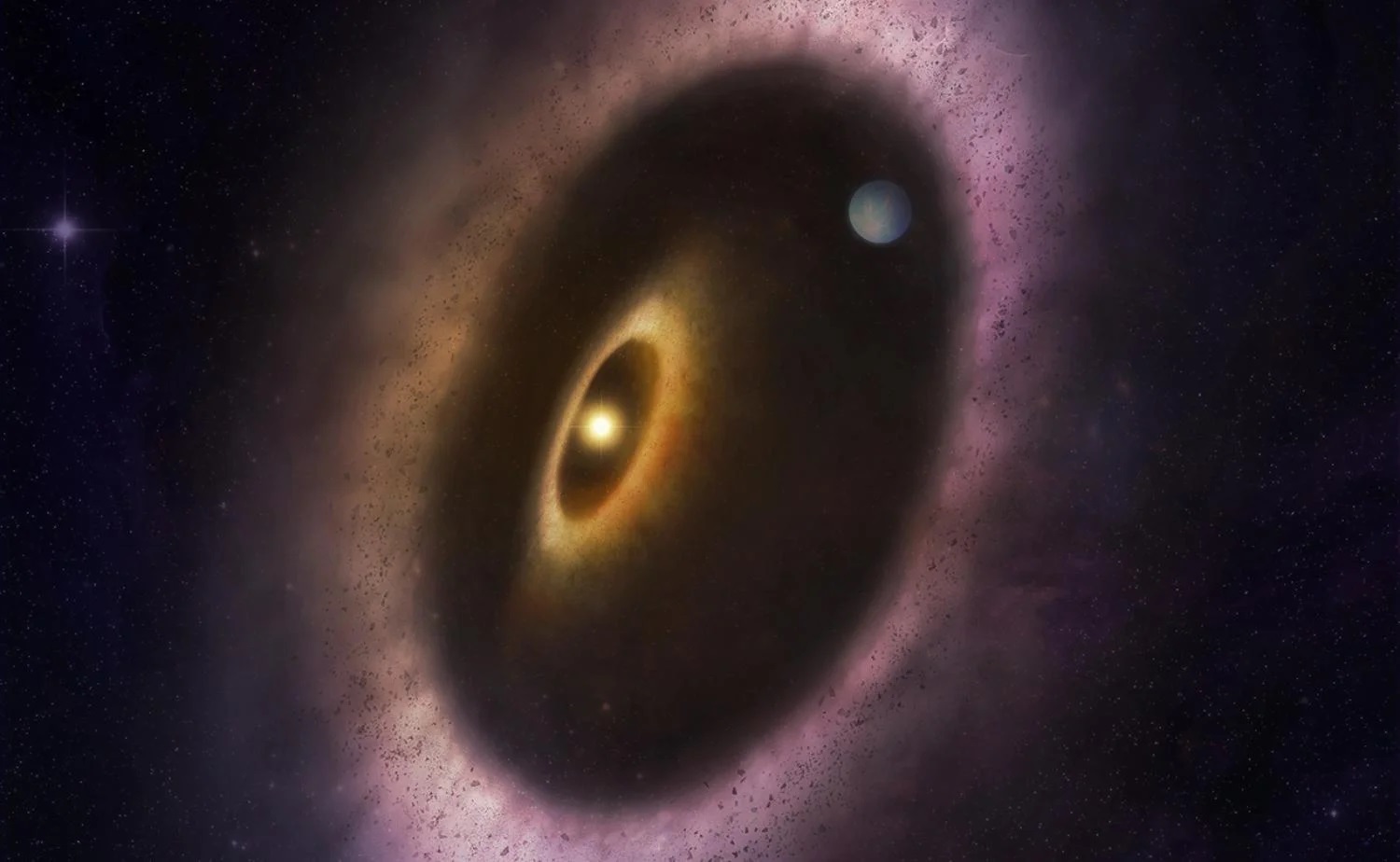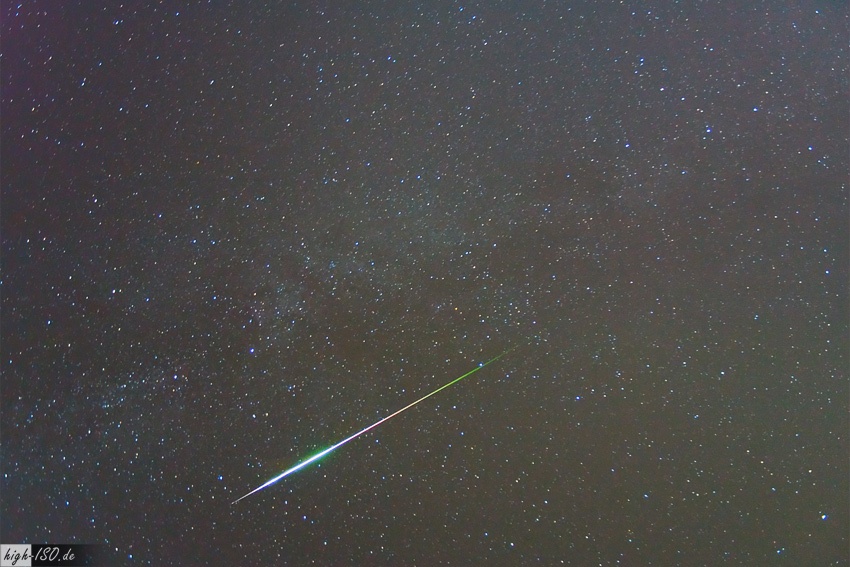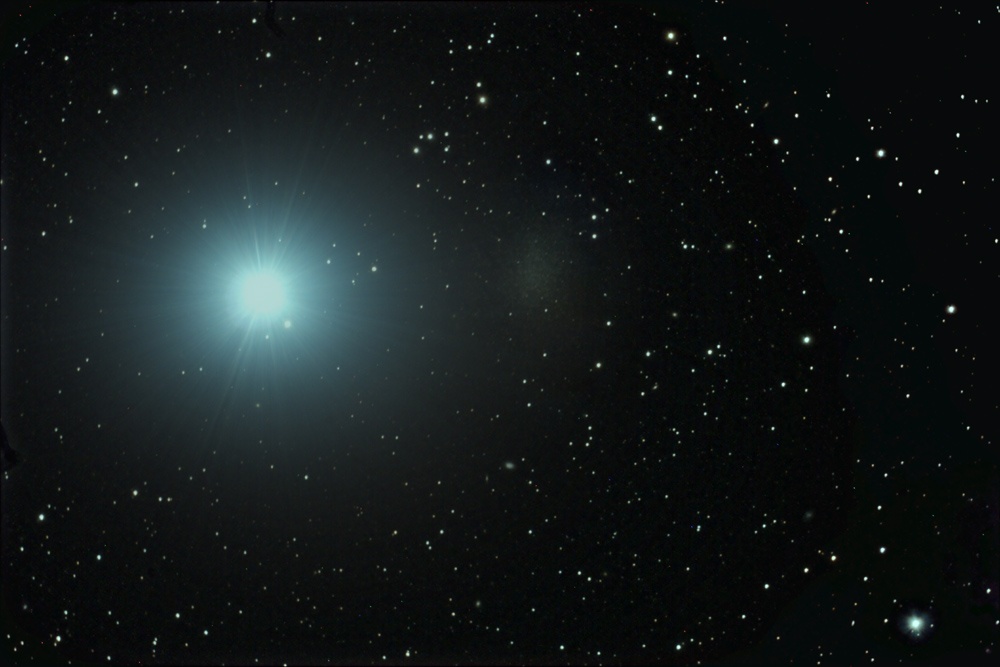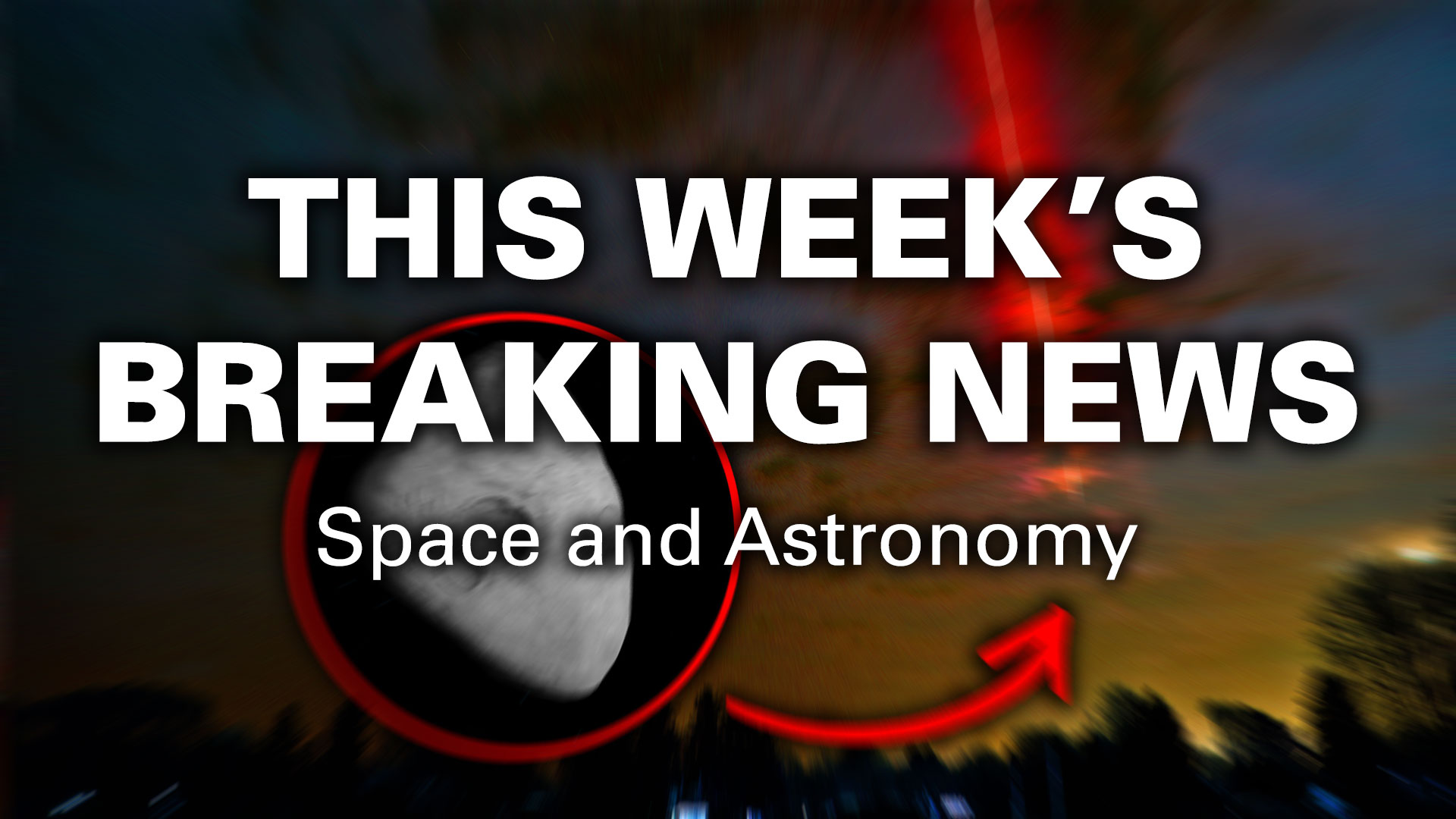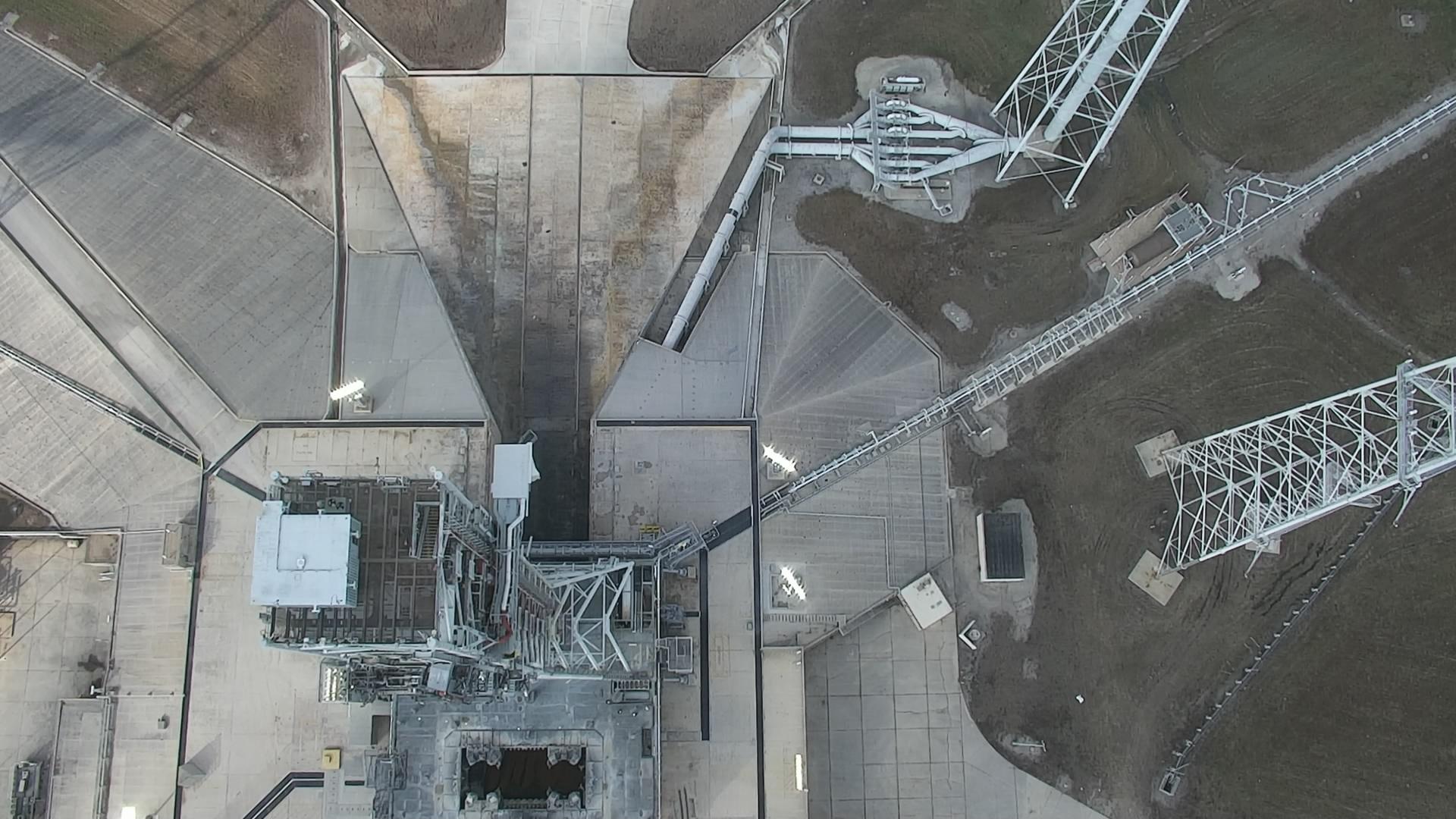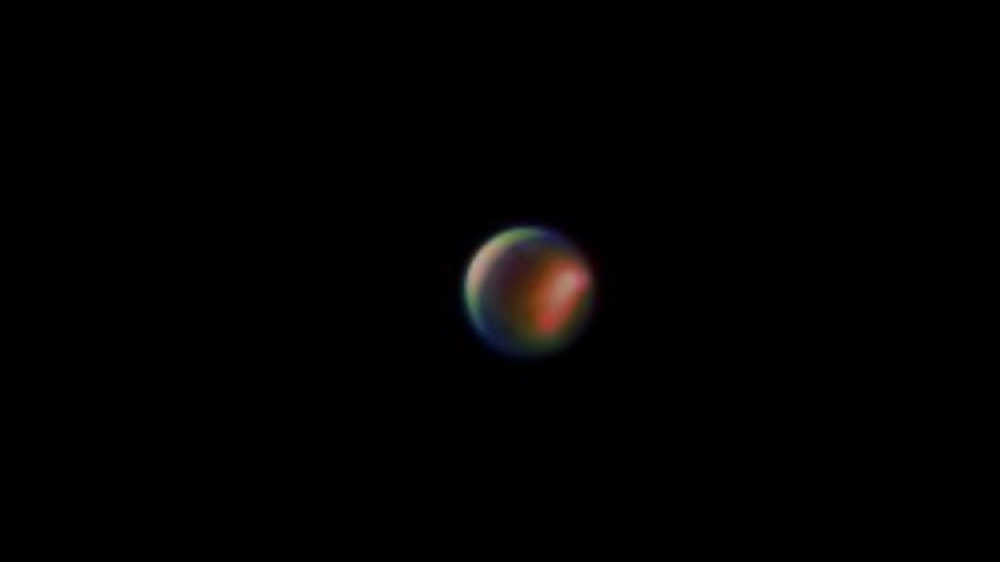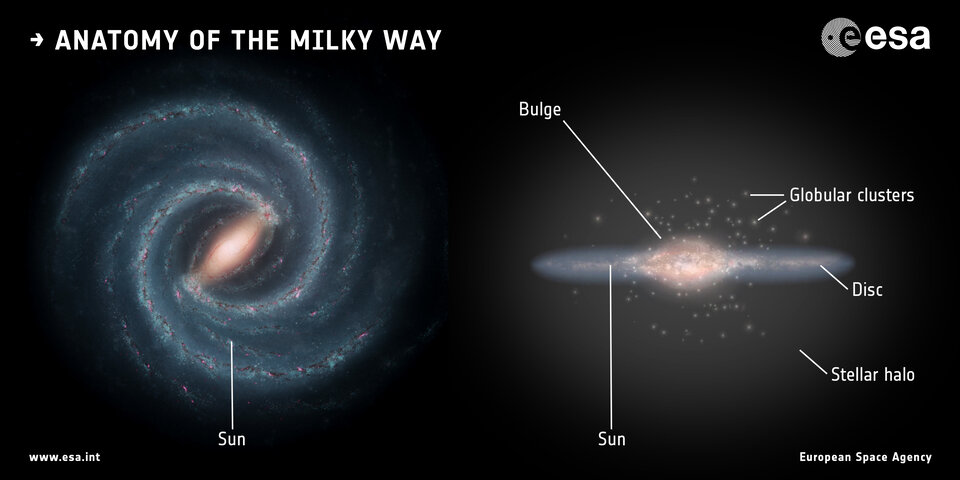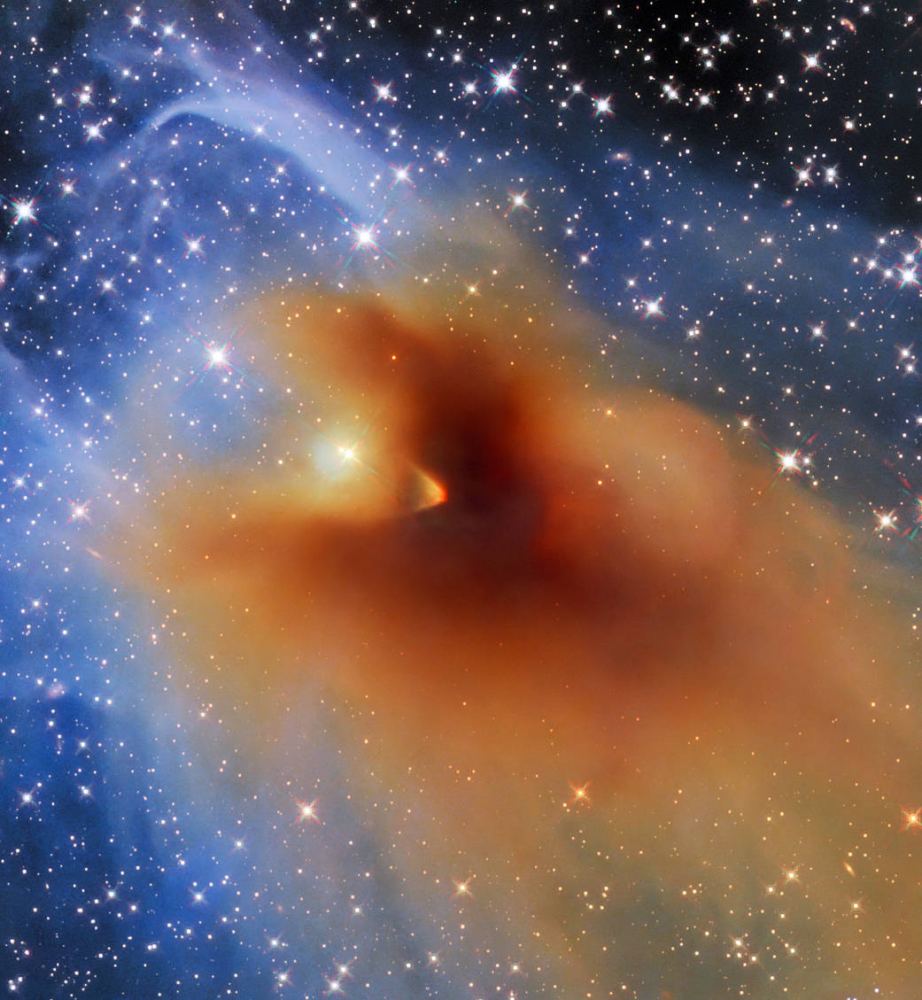According to the Standard Model of Particle Physics, the Universe is governed by four fundamental forces: electromagnetism, the weak nuclear force, the strong nuclear force, and gravity. Whereas the first three are described by Quantum Mechanics, gravity is described by Einstein’s Theory of General Relativity. Surprisingly, gravity is the one that presents the biggest challenges to physicists. While the theory accurately describes how gravity works for planets, stars, galaxies, and clusters, it does not apply perfectly at all scales.
While General Relativity has been validated repeatedly over the past century (starting with the Eddington Eclipse Experiment in 1919), gaps still appear when scientists try to apply it at the quantum scale and to the Universe as a whole. According to a new study led by Simon Fraser University, an international team of researchers tested General Relativity on the largest of scales and concluded that it might need a tweak or two. This method could help scientists to resolve some of the biggest mysteries facing astrophysicists and cosmologists today.
Continue reading “Einstein's Predictions for Gravity Have Been Tested at the Largest Possible Scale”

